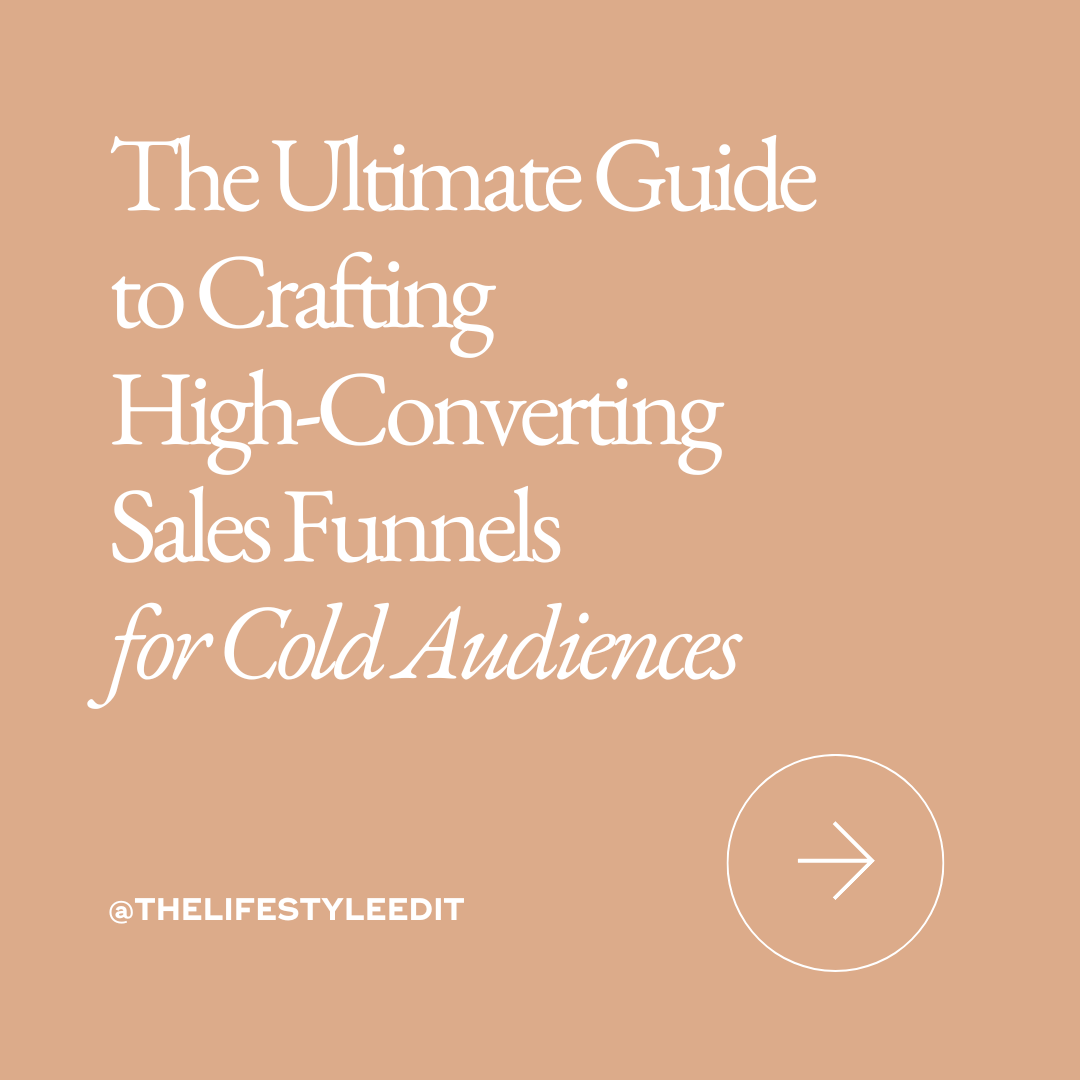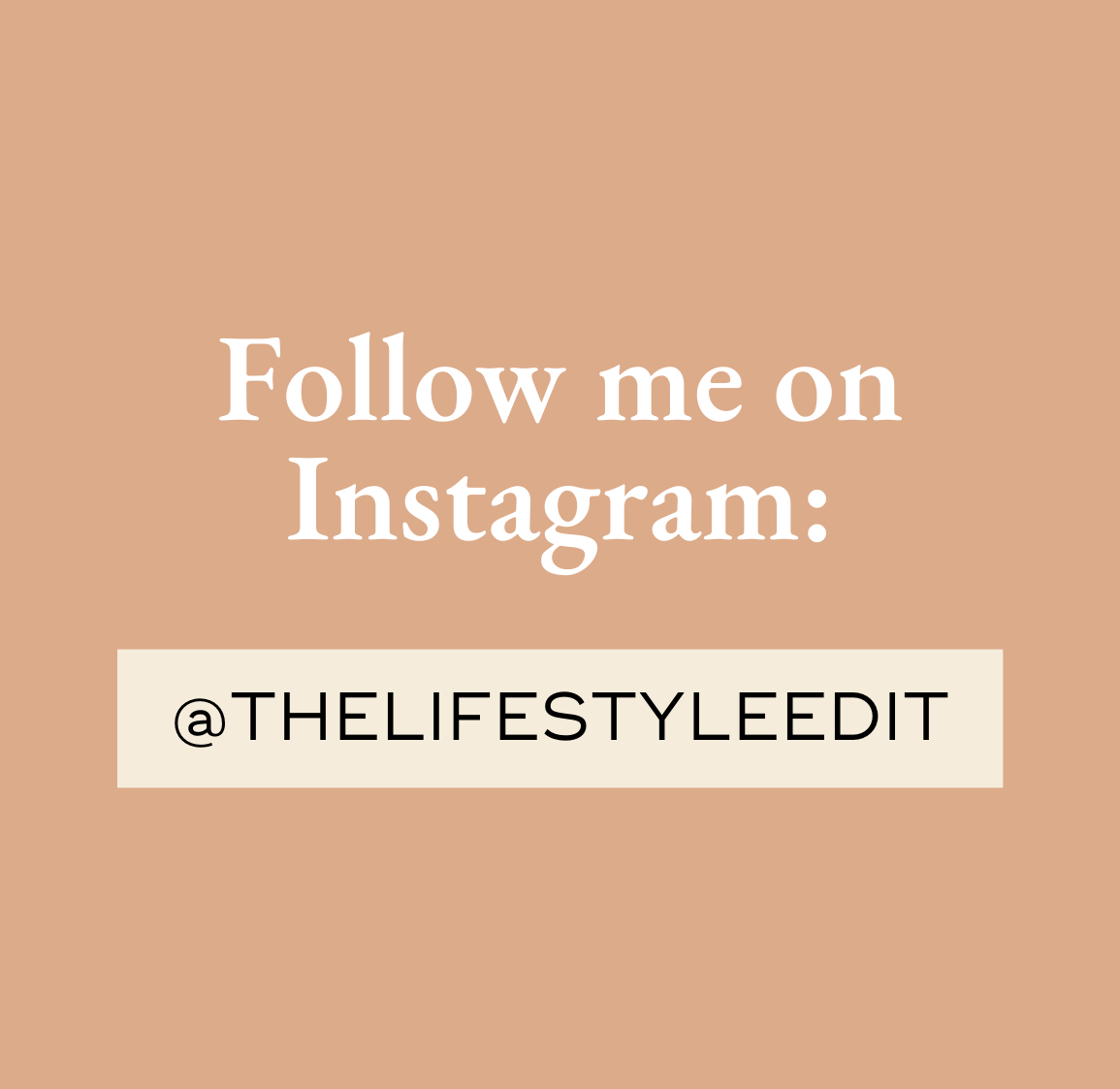There’s an art to turning people who’ve just discovered you into customers and this blog post breaks it all down for you.
Converting cold audiences—those who don’t know you or your business yet—can feel like an uphill battle.
However, with the right sales funnel, it’s entirely possible to turn cold leads into loyal clients.
In this guide, I’ll walk you through how to craft a high-converting sales funnel specifically designed to engage cold audiences, build trust, and ultimately convert them into paying clients.
Understanding Cold Audiences – Why It’s Harder to Convert Them
Cold audiences consist of people who haven’t interacted with your brand before. They don’t yet know who you are, what you do, or why they should trust you. As a result, it’s often harder to convert cold leads than warm or hot ones who are familiar with your business.
With cold leads, the main challenge is building trust. They need more time and nurturing before they feel comfortable enough to invest in your services. This is why a carefully crafted sales funnel is so essential—it helps guide these cold leads from unfamiliarity to trust, and eventually, into paying customers.
The Essential Elements of a Sales Funnel for Cold Audiences
When creating a funnel designed to convert cold audiences, you’ll want to focus on a few key elements:
- Lead Magnet: An irresistible free offer that captures their attention and provides immediate value.
- Nurturing Content: A series of emails, blog posts, or videos that build trust and educate them about how you can help.
- Offer: A compelling offer that provides a clear next step for cold leads to engage with your business, whether it’s booking a call or purchasing a product.
Each of these elements works together to build a seamless journey for cold leads, gently moving them toward a buying decision.
Stage 1: Attracting Cold Audiences with the Right Lead Magnet
The first step in converting cold audiences is attracting their attention with a Lead Magnet—a valuable, free resource that addresses a pressing problem or need. The key here is relevance. Your lead magnet should provide a quick win for your audience, something they can implement right away to see results.
For example, if you coach new entrepreneurs, a lead magnet like “10 Steps to Launch Your First Online Business” would directly address a pain point your cold audience is likely facing. Make sure the lead magnet is easy to consume and immediately actionable.
Stage 2: Nurturing Cold Leads into Warm Prospects
Once you’ve captured their attention with a lead magnet, the next step is Nurturing those leads. This is where you begin building the trust and rapport necessary to move them toward a buying decision.
Nurturing typically happens through email sequences that deliver value over time. These emails should focus on educating your audience, answering their questions, and helping them understand how your coaching can solve their problems. Share case studies, personal stories, or tips to establish credibility and make it clear that you understand their needs.
It’s crucial not to rush this stage. Cold audiences need time to warm up to you and your brand, so focus on providing value before you make any kind of offer.
Stage 3: The Offer – How to Make the Right Pitch at the Right Time
Once your cold audience has been nurtured and they’re starting to trust you, it’s time to present them with The Offer. The key to making the right pitch is timing—cold audiences won’t respond well to aggressive sales tactics, so it’s important to introduce your offer organically and at the right moment.
For example, if you’ve been sending educational emails, your offer could naturally flow from a message that summarizes the challenges they face and presents your coaching as the perfect solution. Offer a limited-time discount, free consultation, or some other incentive to encourage them to take the next step.
How to Build Trust with Cold Audiences
Building trust is the foundation of any funnel designed to convert cold audiences. Without trust, cold leads will never become clients. Here are a few strategies to accelerate trust-building in your funnel:
- Consistency: Show up consistently in your emails or content, so your audience knows they can rely on you for value.
- Social Proof: Use testimonials, case studies, and success stories to demonstrate that your coaching has helped others achieve results.
- Transparency: Be clear about your offer, pricing, and process. Cold audiences respond well to honesty and transparency.
By focusing on trust-building, you’ll set yourself apart from other coaches who try to push sales too quickly without establishing rapport.
Common Pitfalls to Avoid When Building Funnels for Cold Audiences
While building a funnel for cold audiences, there are a few common mistakes to avoid:
- Lack of Personalization: Cold audiences are more likely to convert when they feel personally connected to your message. Tailor your emails and content to address their specific needs.
- Not Tracking Performance: Always track your funnel metrics (open rates, click-through rates, conversions) to see what’s working and what isn’t. This will help you refine your approach and increase your funnel’s effectiveness.
Start Turning Cold Audiences into Loyal Clients
Converting cold audiences isn’t impossible—it just requires the right funnel strategy. By understanding their unique needs, providing value at every stage, and building trust, you can guide cold leads through your funnel and convert them into loyal, paying clients.







